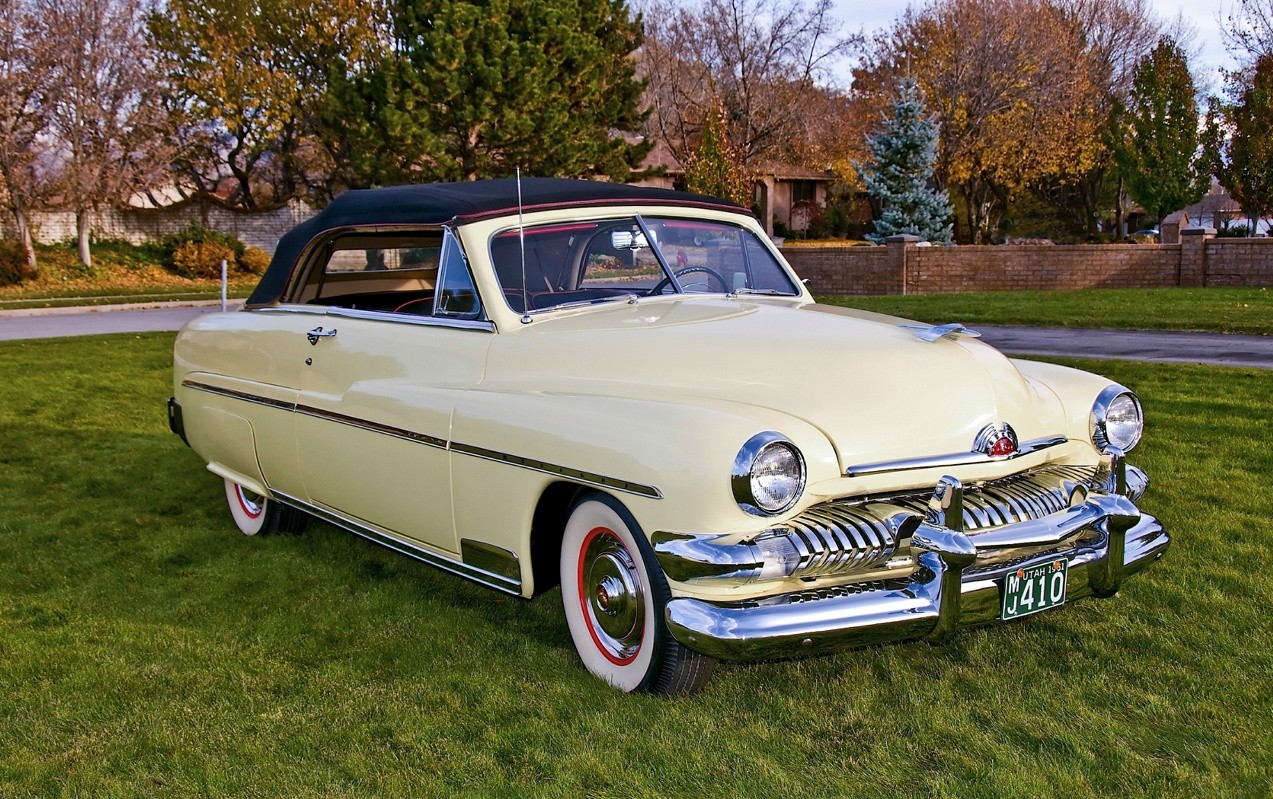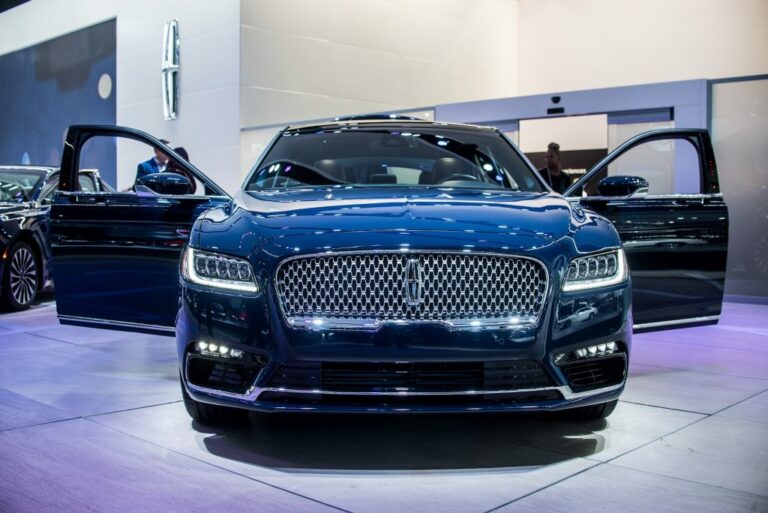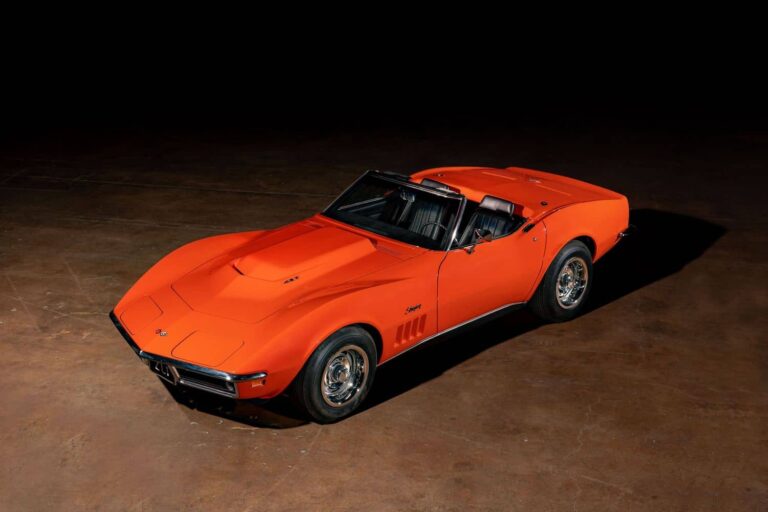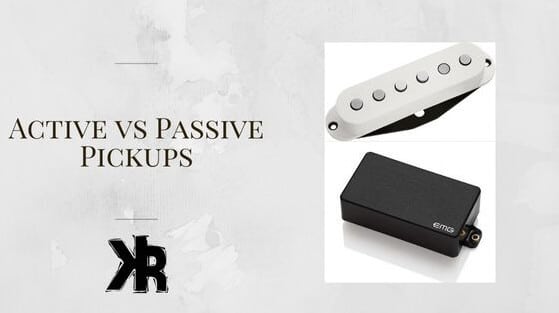Mercury Car Brand: A Legacy of American Automotive Style and Substance
Mercury Car Brand: A Legacy of American Automotive Style and Substance cars.truckstrend.com
Introduction: The Bridging Star of Ford
In the vast constellation of American automotive history, the Mercury car brand shines as a distinctive, albeit no longer active, star. Launched in 1938 by the Ford Motor Company, Mercury was conceived as an intermediary division, designed to bridge the significant gap between the mass-market Ford vehicles and the luxury-oriented Lincoln models. Its mission was clear: to offer consumers a more upscale, stylish, and performance-oriented alternative to a standard Ford, without venturing into the premium price territory of a Lincoln. For over 70 years, Mercury carved out a unique niche, appealing to buyers who desired a blend of elegance, comfort, and distinctive American styling. From its early "lead sleds" to its powerful muscle cars and comfortable family sedans, Mercury represented attainable aspirations for millions, leaving an indelible mark on the automotive landscape before its eventual discontinuation in 2010. This article delves into the rich history, iconic models, and enduring legacy of the Mercury car brand, offering insights for enthusiasts, potential owners, and anyone curious about this significant chapter in American automotive ingenuity.
Mercury Car Brand: A Legacy of American Automotive Style and Substance
I. The Dawn of Mercury: Birth and Early Vision (1938-1950s)
The Mercury division was the brainchild of Edsel Ford, Henry Ford’s only son, who recognized the growing demand for vehicles that offered more than basic transportation but less than full luxury. The brand’s debut model, the 1939 Mercury Eight, was an immediate success. It featured a more powerful flathead V8 engine than the standard Ford, a longer wheelbase, and distinct styling that exuded sophistication. Priced just above Ford and below Lincoln, the Mercury Eight established the brand’s identity as a "junior Lincoln" – a car that felt more substantial and offered better performance and amenities without breaking the bank.
Post-World War II, Mercury’s popularity soared. Its smooth, rounded "lead sled" designs of the late 1940s and early 1950s became iconic, synonymous with custom car culture and hot rodding. Models like the 1949 Mercury, with its integrated fenders and modern lines, were highly sought after. During this period, Mercury continued to refine its strategy, offering powerful engines, comfortable interiors, and distinctive bodywork that set it apart from its Ford siblings, firmly establishing its place in the American automotive market.
II. The Golden Age of Mercury: Innovation and Performance (1960s-1970s)
The 1960s ushered in Mercury’s most dynamic era, characterized by a focus on performance, personal luxury, and bold styling. This decade saw the introduction of some of Mercury’s most legendary nameplates. The Mercury Cougar, launched in 1967, was a prime example of the brand’s evolving identity. Positioned as a more sophisticated and luxurious pony car than the Ford Mustang, the Cougar quickly gained a reputation for its elegant lines, sequential turn signals, and powerful engine options, including the potent Eliminator performance package.
Alongside the Cougar, models like the Mercury Cyclone and Marauder appealed to the burgeoning muscle car market, showcasing Mercury’s commitment to high-performance vehicles. Simultaneously, the brand continued to cater to the luxury segment with full-size models such as the Mercury Marquis and Grand Marquis. These vehicles offered plush interiors, smooth rides, and an array of comfort features, solidifying Mercury’s image as a provider of refined, capable automobiles. The 1970s saw some adaptation to new safety and emissions regulations, but Mercury continued to offer a blend of comfort and distinctiveness, even as the focus began to shift from pure horsepower to more efficient designs.
III. Navigating Shifting Tides: Adaptation and Rebadging (1980s-1990s)
The automotive landscape underwent significant transformations in the 1980s, largely driven by fuel crises, increased competition from foreign manufacturers, and a demand for more fuel-efficient and compact vehicles. Mercury, like many American brands, had to adapt. This era saw an increased emphasis on platform sharing with Ford, a strategy that, while cost-effective, sometimes blurred the lines between the two brands.
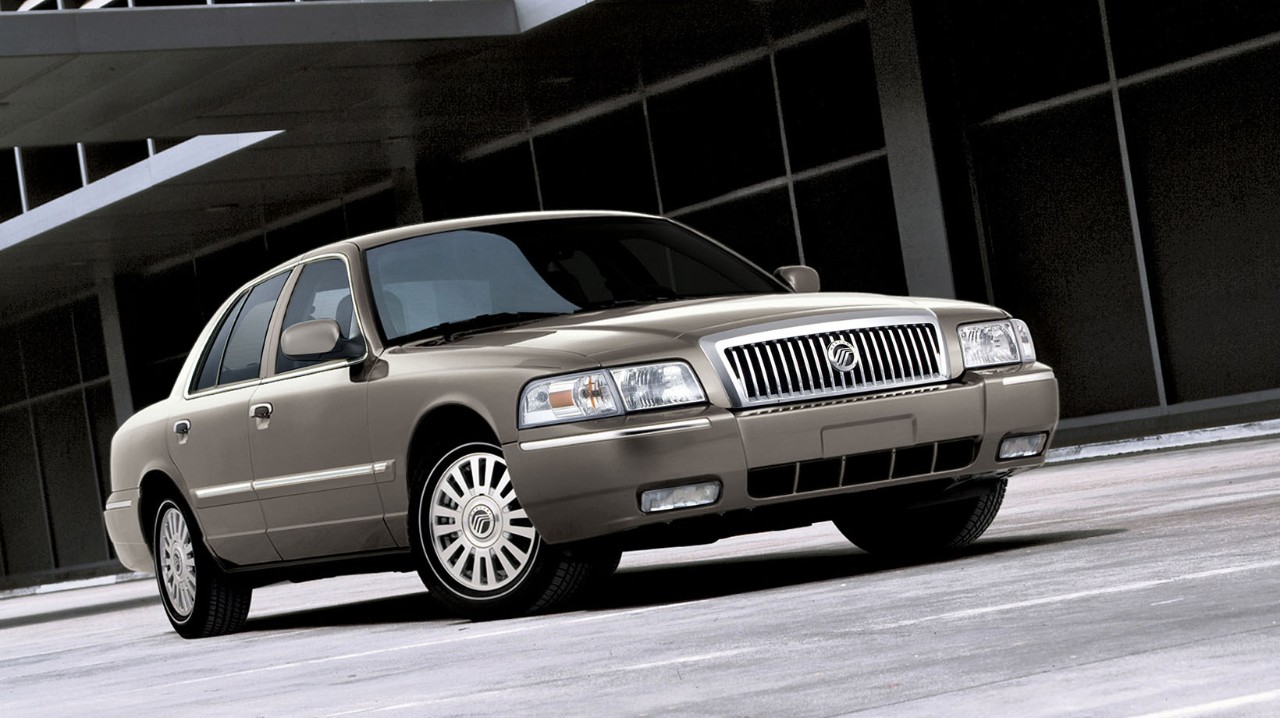
Models like the Mercury Sable, introduced in 1986, were critical to the brand’s survival. Sharing its platform with the Ford Taurus, the Sable distinguished itself with its unique, aerodynamic styling, particularly its distinctive "light bar" front fascia. It became a strong seller, embodying modern design and practicality. Other notable models from this period included the Mercury Topaz (a compact sedan) and the Mercury Mystique (a mid-size sedan), both derived from Ford platforms but featuring Mercury-specific styling cues and trim levels. While these models helped Mercury remain competitive, the brand struggled to maintain a truly distinct identity, often perceived as merely a slightly more upscale Ford.
IV. The Final Chapter: Decline and Discontinuation (2000s-2010)
As the new millennium dawned, Mercury’s challenges intensified. The brand’s identity crisis deepened, as nearly all of its models were direct rebadges of Ford vehicles with minimal differentiation. This strategy, once a cost-saving measure, now alienated consumers who saw little reason to pay a premium for a Mercury when a nearly identical Ford was available. The once-clear gap between Ford and Lincoln had also narrowed, with Lincoln models becoming more accessible and Ford offerings more sophisticated, effectively squeezing Mercury out of its traditional niche.
Sales steadily declined throughout the 2000s. Despite efforts to inject new life, such as the limited-production Mercury Marauder (a performance-oriented Grand Marquis) and the Mercury Mariner (a compact SUV), these initiatives failed to reverse the downward trend. By 2010, Ford Motor Company announced its decision to discontinue the Mercury brand, citing a need to streamline its operations and focus resources on its core Ford and Lincoln brands. Production ceased in late 2010, with the last Mercury Grand Marquis rolling off the assembly line in January 2011, marking the end of a 72-year legacy.
V. Key Models and Their Legacies
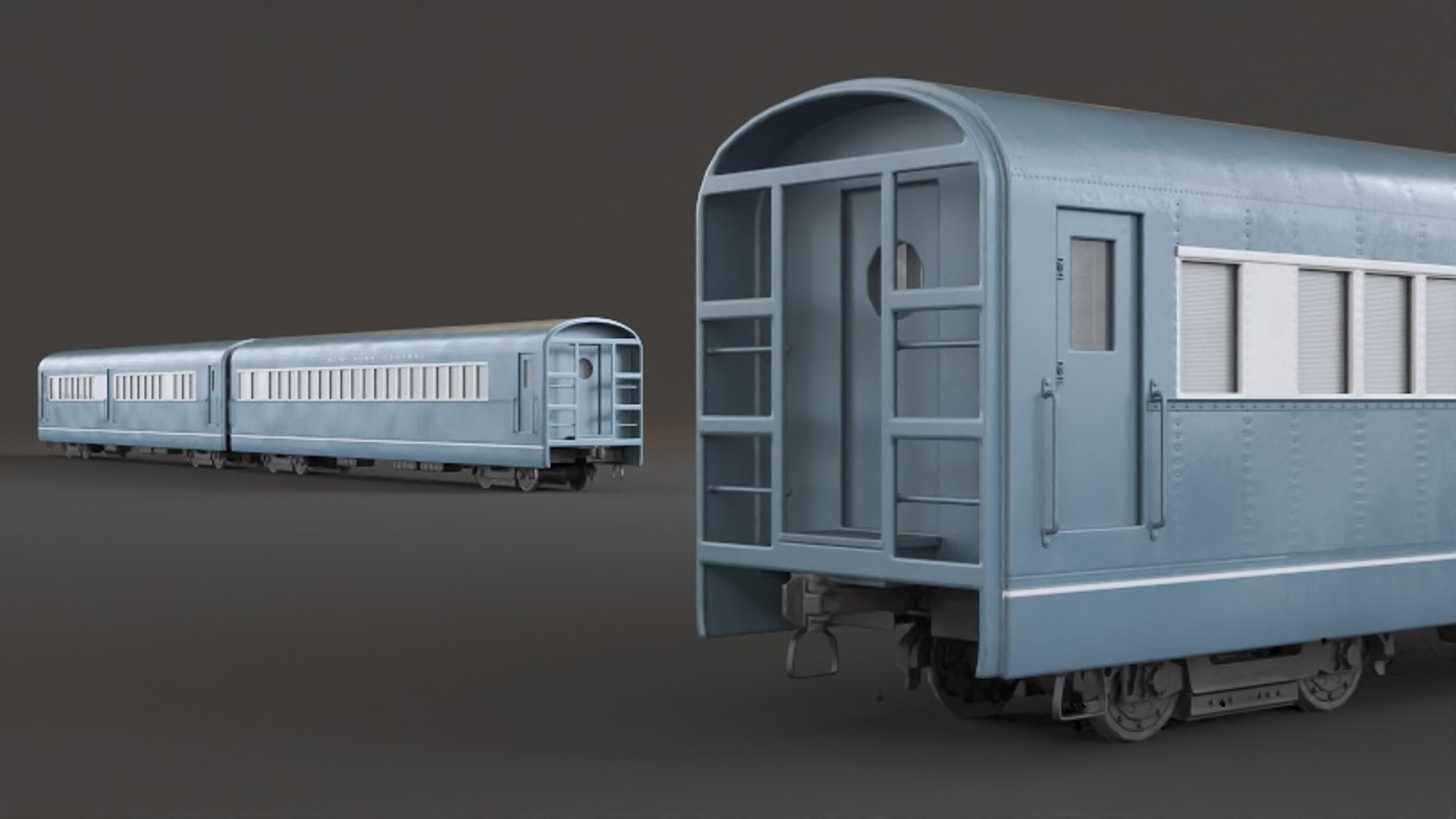
Mercury’s history is punctuated by several iconic models that defined its character:
- Mercury Eight (1939-1951): The foundational model, known for its powerful V8, distinctive styling, and association with post-war custom car culture. It set the stage for Mercury’s role as a stylish, accessible step up from Ford.
- Mercury Cougar (1967-2002): A long-running nameplate that evolved significantly. Initially a sophisticated pony car, it transitioned through personal luxury coupe phases, becoming a front-wheel-drive sport compact in its later iterations. The early Cougars remain highly desirable.
- Mercury Grand Marquis (1975-2011): The quintessential full-size American sedan, known for its comfortable ride, spacious interior, and traditional body-on-frame construction. It was a favorite among those seeking reliable, classic American comfort, particularly in its later years.
- Mercury Sable (1986-2009): A groundbreaking car for Mercury, featuring distinctive aerodynamic styling and sharing a platform with the popular Ford Taurus. It brought modern design and practicality to the brand’s lineup and was a strong seller for many years.
- Mercury Marauder (1963-1965, 2003-2004): A performance nameplate that first appeared on full-size models in the 1960s. Its brief revival in the early 2000s as a high-performance Grand Marquis paid homage to its muscle car roots, becoming an instant collector’s item.
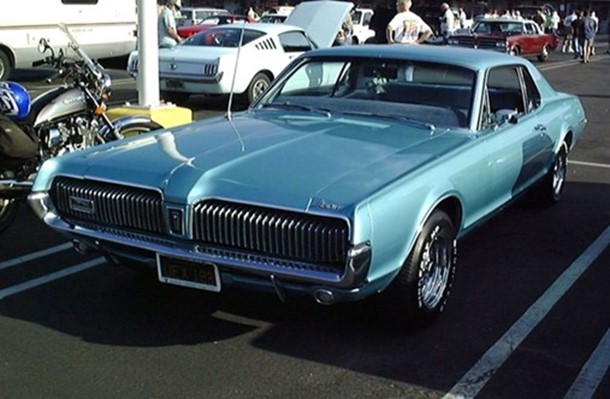
VI. Why Mercury Still Matters: Collectibility and Nostalgia
Despite its discontinuation, the Mercury brand retains a significant presence in the automotive world. Many Mercury models, particularly those from its "golden age," are highly sought after by collectors and enthusiasts. Their unique styling, historical significance, and often shared mechanicals with readily available Ford parts make them attractive for restoration and enjoyment.
The appeal of classic Mercurys lies in their distinctiveness. They offer a blend of Ford reliability with a touch more flair and exclusivity. From the elegant lines of a ’49 Mercury to the aggressive stance of a Cougar Eliminator, these vehicles evoke a strong sense of nostalgia for a bygone era of American automotive design. The community of Mercury owners and enthusiasts remains vibrant, dedicated to preserving and celebrating the brand’s legacy.
VII. Practical Advice for Mercury Enthusiasts & Owners
For those considering owning a Mercury or already part of the community, here’s some practical advice:
-
Buying a Used Mercury:
- Research Specific Models: Each Mercury model has its quirks. Research common issues for the specific year and model you’re interested in (e.g., rust spots on older models, transmission issues on certain newer models).
- Inspect Thoroughly: Pay close attention to rust, especially on older models and frame components. Check for fluid leaks, listen for unusual engine noises, and ensure all electrical components work.
- Check Ford Equivalents: Since most Mercurys shared platforms with Fords, knowing the corresponding Ford model (e.g., Grand Marquis/Crown Victoria, Sable/Taurus) can help with parts availability and understanding common issues.
- Service History: Always request a detailed service history.
- Professional Pre-Purchase Inspection: For significant investments, have a trusted mechanic (ideally one familiar with older American cars) perform a pre-purchase inspection.
-
Maintenance & Parts:
- Parts Availability: For most models, especially those from the 1980s onwards, parts availability is generally good due to extensive platform sharing with Ford. Many mechanical components are identical to their Ford counterparts. However, unique Mercury-specific trim pieces (grilles, emblems, interior plastics) can be harder to find, especially for older or less common models.
- Common Repairs: Expect typical wear-and-tear items. Older models might require more attention to rust prevention, suspension components, and carburetion (if applicable). Newer models might face electronic issues common to their Ford counterparts.
- Finding Specialists: While any competent mechanic can service a Mercury (especially given their Ford roots), finding specialists for classic Mercurys or custom work might require seeking out shops specializing in vintage American cars.
- DIY Potential: Many Mercurys, particularly the Panther platform cars (Grand Marquis), are known for their relatively simple mechanical design, making them approachable for DIY enthusiasts.
-
Insurance & Registration:
- Classic Car Insurance: For older or collectible Mercurys, consider specialized classic car insurance, which often offers better coverage and lower premiums than standard auto insurance, with agreed-upon value policies.
- Standard Registration: Newer Mercurys will follow standard vehicle registration processes in your state.
-
Restoration Tips:
- Join Clubs & Forums: Online forums and car clubs (e.g., Mercury Cougar Club, Grand Marquis owners groups) are invaluable resources for advice, parts sourcing, and connecting with experts.
- Source Used Parts: Junkyards and online marketplaces are excellent places to find donor parts for Mercury-specific trim or discontinued items.
- Patience is Key: Restoring a classic takes time, money, and patience.
-
Challenges:
- Diminishing Unique Identity: The biggest challenge for the brand historically was its blurring identity. For owners, this means less exclusivity in some shared-platform models.
- Scarcity of Unique Trim: As mentioned, Mercury-specific body panels, unique interior pieces, or specific lighting elements can be difficult to find new, requiring diligent searching for used or reproduction parts.
- Resale Value: While some classic Mercurys hold their value well, many of the later, rebadged models may not command high resale prices compared to their Ford counterparts, although this makes them affordable entry points for enthusiasts.
VIII. Historical Original MSRP Ranges for Key Mercury Models
It’s important to note that "price tables" for a defunct brand refer to historical original Manufacturer’s Suggested Retail Prices (MSRPs) at the time of their launch or during significant production years. These figures varied greatly by trim level, options, and year. The table below provides approximate original MSRP ranges to illustrate Mercury’s market positioning. Current market values for used or classic Mercurys depend heavily on condition, rarity, and demand.
| Model | Key Production Years | Original MSRP Range (Approx.) | Key Feature/Market Position |
|---|---|---|---|
| Mercury Eight | 1939 | $870 – $1,050 | Stylish, powerful V8, positioned above Ford. |
| Mercury Cougar | 1967 | $2,850 – $3,200 | "Pony car with European flair," more refined than Mustang, sequential turn signals. |
| Mercury Cyclone | 1968 | $2,700 – $3,400 | Muscle car variant of the Comet/Montego, strong performance options. |
| Mercury Marquis | 1967 | $3,300 – $4,200 | Full-size luxury, positioned below Lincoln Continental, plush interior. |
| Mercury Sable | 1986 | $11,500 – $17,000 | Aerodynamic, distinctive light bar, shared platform with Ford Taurus, family-friendly. |
| Mercury Grand Marquis | 1990 | $19,500 – $24,000 | Traditional full-size sedan, robust body-on-frame, known for comfort and reliability. |
| Mercury Marauder | 2003 | $34,000 – $36,000 | Performance sedan, limited production, modern homage to muscle cars, V8 engine. |
| Mercury Mariner | 2005 | $21,000 – $27,000 | Compact SUV, shared platform with Ford Escape, offered an upscale alternative. |
Note: These are approximate original MSRP ranges for base models and common trims at their introduction or a significant year. Actual prices varied significantly with options, packages, and geographical location.
IX. Frequently Asked Questions (FAQ) about the Mercury Car Brand
Q1: Why was the Mercury car brand discontinued?
A1: Mercury was discontinued by Ford Motor Company in 2010 primarily due to declining sales and a lack of clear brand identity. Most Mercury models had become rebadged versions of Ford vehicles, offering minimal differentiation to justify their slightly higher price. Ford decided to focus its resources on its two core brands: the mainstream Ford and the luxury Lincoln.
Q2: Are Mercury car parts hard to find today?
A2: For most Mercury models, especially those from the 1980s onwards, parts are generally not difficult to find because they shared many mechanical components with their Ford counterparts (e.g., engines, transmissions, chassis parts). However, Mercury-specific exterior trim pieces, interior plastics, or unique badging can be harder to source, particularly for older or less common models. Aftermarket parts and used parts from salvage yards are often available.
Q3: Are Mercury cars reliable?
A3: Generally, yes, especially models that shared platforms with reliable Ford vehicles like the Grand Marquis (Crown Victoria), Sable (Taurus), and Mariner (Escape). These cars benefited from Ford’s engineering and robust build quality. Like any used car, reliability depends on how well the specific vehicle was maintained.
Q4: What are the most collectible Mercury models?
A4: Highly collectible Mercury models include the early "lead sled" Mercury Eights (1949-1951), the first-generation Mercury Cougar (1967-1970), high-performance models like the Cyclone and Marauder (both vintage and the 2003-2004 revival), and certain full-size models from the 1960s with unique styling.
Q5: Can I still get a Mercury car serviced at a dealership?
A5: While Mercury dealerships no longer exist as independent entities, any Ford dealership service center is equipped to service Mercury vehicles, as they share common platforms, parts, and diagnostic tools. Independent mechanics also routinely service Mercury cars.
Q6: Was Mercury considered a luxury brand like Lincoln?
A6: No, Mercury was positioned as a "premium" or "upscale" brand, bridging the gap between mainstream Ford and true luxury Lincoln vehicles. It offered more features, distinctive styling, and often more powerful engines than Fords, but it did not compete directly with high-end luxury brands like Cadillac or Lincoln.
Conclusion: An Enduring Legacy of Attainable Distinction
The Mercury car brand, though no longer producing new vehicles, leaves behind a compelling legacy in the annals of American automotive history. For over seven decades, it successfully navigated the competitive landscape, offering consumers a unique blend of style, performance, and comfort that was a step above the everyday, yet within reach. From its pioneering role in post-war custom culture to its contributions to the muscle car era and its innovative designs like the Sable, Mercury consistently sought to offer something distinctive.
While its eventual demise was a consequence of evolving market dynamics and a blurring brand identity, the spirit of Mercury lives on through the enthusiasts who cherish and preserve its models. These cars stand as a testament to an era when American automakers experimented with nuanced brand positioning, creating vehicles that were not just transportation, but expressions of attainable aspiration and individual style. Mercury may be gone, but its star continues to shine brightly in the hearts of automotive aficionados, forever a symbol of American automotive ingenuity and flair.
